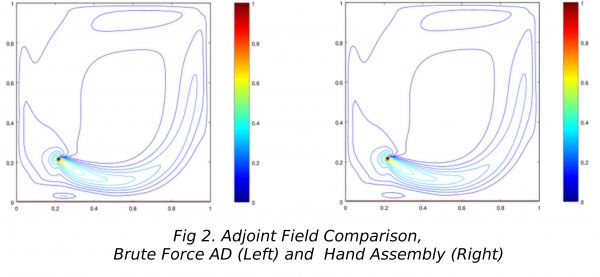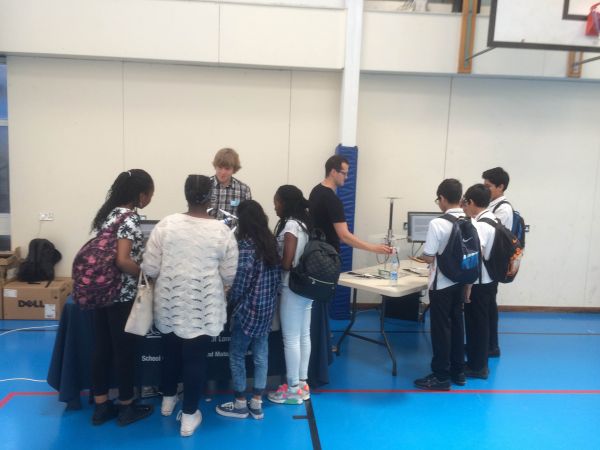Research Fellows
Siamak Akbarzadeh Lalkami
Early Stage Researcher at QMUL

I come from Tehran where is the capital of Iran. As the youngest son of my family I decided to study Mechanical Engineering after finishing high school. I did my BSc in the Azad University of Tehran. After graduation and working for a few years in industrial companies I decided to go abroad for continuing my study. I enrolled at the Linköping University in Sweden. From there I realised that I liked Computational Fluid Dynamics (CFD) and chose it as my specialisation. It is good to mention that during my master study I also had this opportunity to work as a student in a CFD company in Munich, Germany.
As a student who has left his family and country since a few years ago and has lived in different cities and countries I still enjoy exploring new places and new cultures and getting along with new people. This chance is given to me again by working in the AboutFlow project at Queen Mary University of London. Both the university and the project itself have international environment where I collaborate with my colleagues and partner companies from different countries.
Using CFD optimisation in many industries like automotive and turbomachinery is beneficial but it is still in its infancy. The main goal of the AboutFlow project is to develop gradient-based shape optimisation for complex flows. My research mainly deals with problem for implementing Automatic Differentiation tools and discrete adjoint methods on open source CFD solvers.
Objectives:
• Discrete adjoint for the SIMPLE discretisation in OpenFOAM
• Discrete OpenFOAM with improved performance to allow computation of complex cases
• Application of discrete OpenFOAM to steady and unsteady automotive test-cases.
Contribute to Work Packages
have the gradient of objective function in respect to design variables with a less expensive computation. Moreover, it can be used in one- shot optimisation method, which converges flow, gradient and design
variables simultaneously, resulting in further efficiency gains.


My outreach activity was conducted with Jan, Mateusz and Matiia at the BigBang science event at Stanmore College in London. With the help of an experimental stand and also a computer game we introduced the idea of optimisation and its effect on propellers performance of drones.
First the school boys and girls were asked to guess which set of propellers could produce more lift and less drag (means better performance) . Then, using our experimental stand we showed how wrong they might be and how optimisation will help to improve the design of propellers. The students were from different age groups and the presentation was adapted accordingly.



